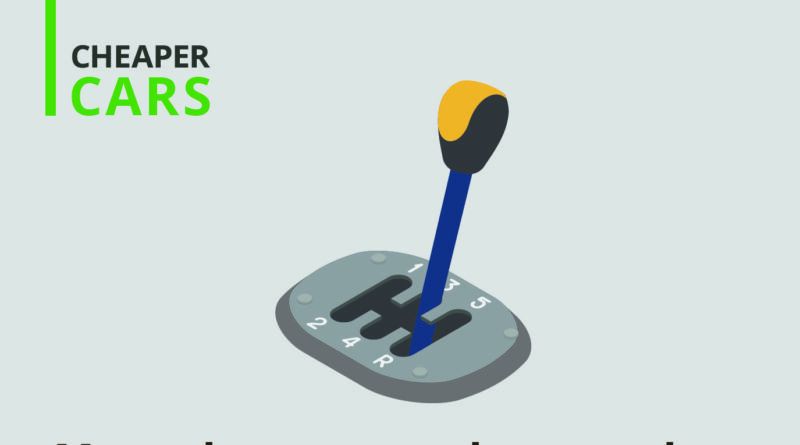The Future of Manual Cars
Amidst these changes, the future of manual cars remains a topic of significant debate. Here’s a comprehensive look at what lies ahead for manual transmissions. The automotive industry is rapidly evolving, with advancements in technology and shifting consumer preferences shaping its trajectory.
The Decline of Manual Transmissions
Consumer Preferences: In recent years, there has been a notable decline in the demand for manual transmissions. Many drivers prefer the convenience of automatic transmissions, especially in urban environments where frequent shifting can be cumbersome.
Technological Advancements: Modern automatic transmissions have become more efficient and sophisticated. Features like dual-clutch systems and continuously variable transmissions (CVTs) offer better fuel efficiency and performance, diminishing the advantages of manual gearboxes.
Electric Vehicles (EVs): The rise of electric vehicles is also contributing to the decline of manual transmissions. EVs typically use single-speed transmissions due to their instant torque delivery and wide power band, eliminating the need for multiple gears.
The Enduring Appeal of Manual Cars
Driving Experience: Despite their decline, manual cars still hold a special place among driving enthusiasts. The tactile engagement and control provided by a manual gearbox offer a driving experience that automatics can’t replicate.
Affordability: Manual transmission cars are often less expensive to purchase and maintain. They are mechanically simpler, which can lead to lower repair costs and greater reliability in some cases.
Learning Tool: Manuals serve as a valuable learning tool for new drivers. Understanding how to operate a manual transmission can improve driving skills and vehicle control.
Market Trends
Sports Cars and Niche Markets: While mainstream adoption of manual transmissions is waning, sports cars and performance-oriented vehicles continue to offer manual options. Brands like Porsche and Mazda remain committed to producing manual models for enthusiasts.
Used Car Market: Manual cars may become more sought after in the used car market as they become rarer. Collectors and enthusiasts may seek out well-maintained manual vehicles, potentially driving up their value.
The Future Outlook
Limited Production: It’s likely that manual transmissions will continue to exist, but in a more limited capacity. They may become a niche option reserved for specific models and enthusiast markets.
Hybrid and Performance Models: Some manufacturers are exploring hybrid powertrains with manual transmissions. This blend of old and new technology could appeal to drivers seeking efficiency without sacrificing the manual driving experience.
Regulatory Impact: Environmental regulations and fuel efficiency standards will influence the future of manual cars. As automakers strive to meet stringent emissions targets, the focus may shift even further towards automated and electric solutions.
Conclusion
The future of manual cars is uncertain, yet they are unlikely to disappear entirely. While their presence in the mainstream market continues to diminish, manual transmissions will likely persist in niche segments and among driving purists. For those who cherish the unique experience of driving a manual, these vehicles will remain a treasured choice, representing a bridge between automotive history and the evolving landscape of the future.
By staying informed about market trends and technological advancements, enthusiasts and consumers alike can better understand the evolving role of manual transmissions in the automotive world.
Buying a used VW. Buying used vauxhall, BMW, Jaguar, Ford, Volvo, Range rover, Bentley, Aston Martin, Porsche, Ferrari, Lamborghini, Maserati, Hyundai, Tesla, Honda, Pagani

